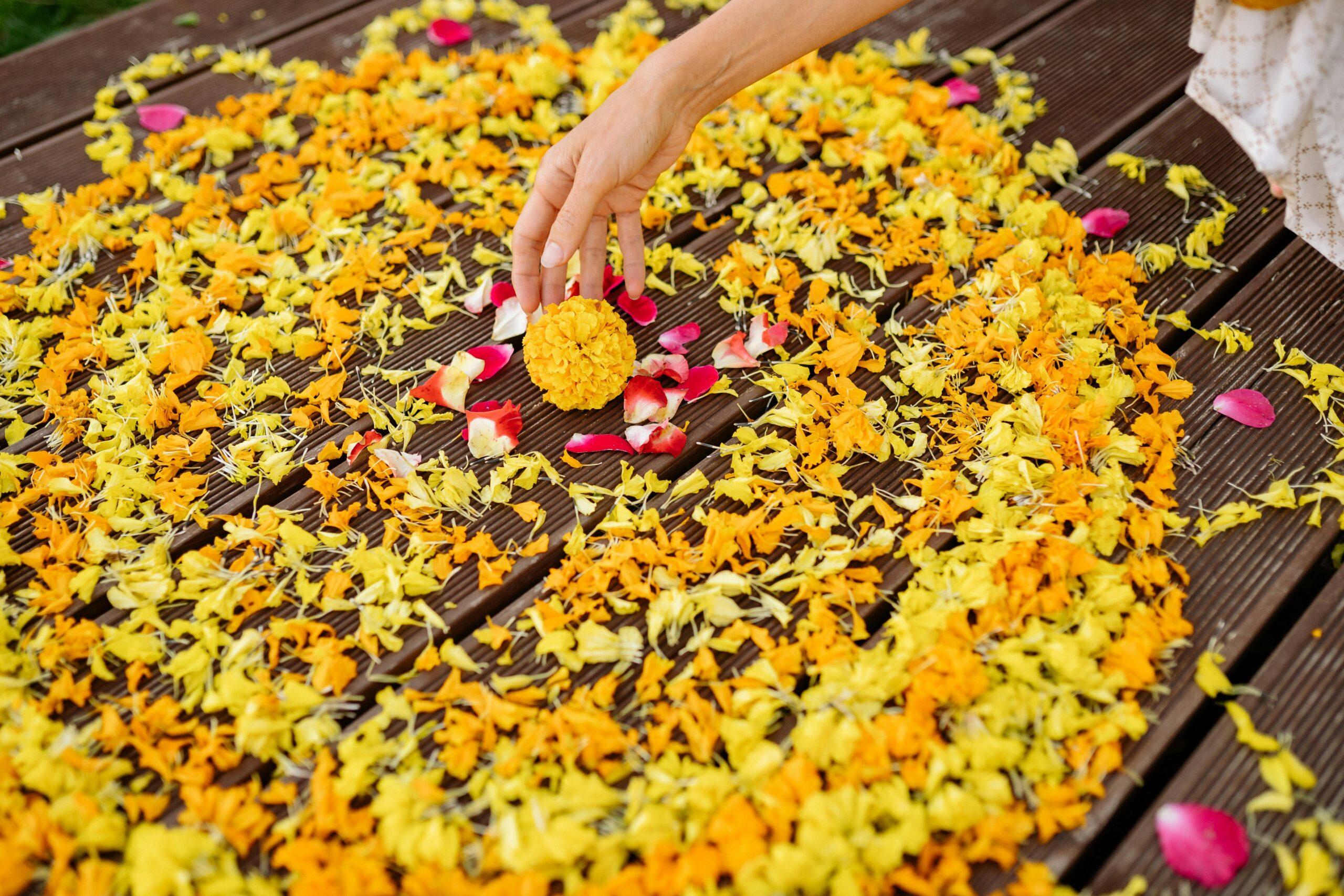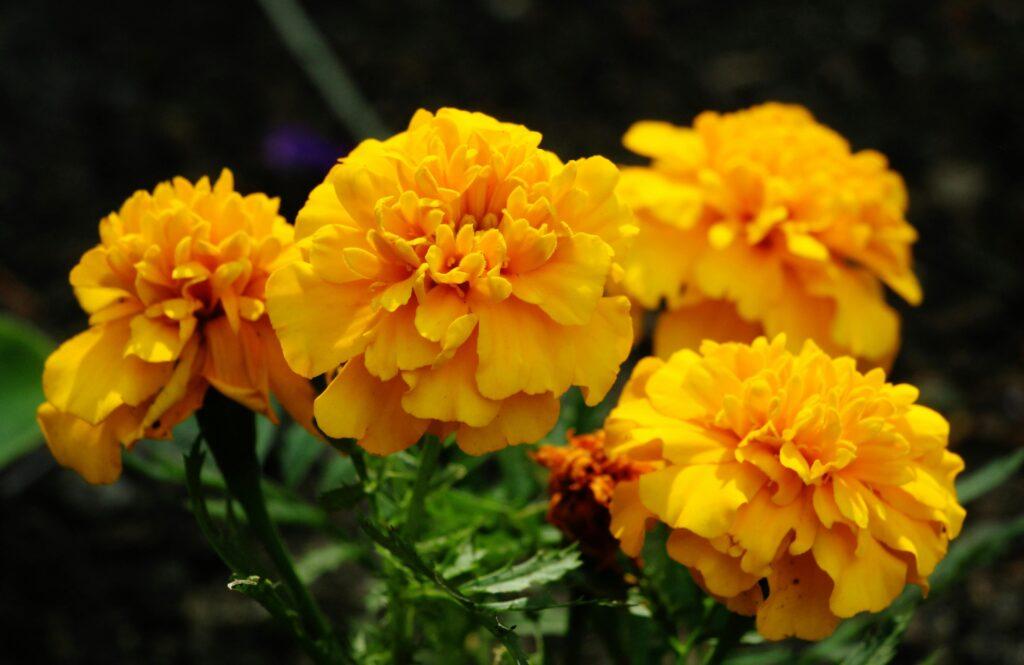Have you ever wondered why autumn feels like the perfect season for glowing skin? The crisp air, earthy scents, and rich colors make us think deeper about how nature nurtures. What if we told you that organic flowers—those seasonal beauties blooming in fiery reds, oranges, and yellows—are your secret weapon for radiant skincare? Welcome to “Autumn Hues,” where science meets serenity.
Table of Contents
- Key Takeaways
- Why Autumn Hues Are More Than Just Pretty Colors
- Step-by-Step Guide to Using Organic Flowers in Your Routine
- Tips for Choosing and Preparing Organic Flowers
- Success Stories: Real People Who Glowed Naturally
- Frequently Asked Questions About Organic Flower Skincare
Key Takeaways
- Organic flowers are packed with antioxidants that rejuvenate skin naturally.
- Seasonal blooms like marigolds and calendula offer anti-inflammatory benefits.
- Incorporating these into DIY masks, oils, or teas can transform your skincare game.
- Always check for certifications when buying organic flower products.
Why Autumn Hues Are More Than Just Pretty Colors

I’ll admit it—I used to think flower-based skincare was all hype. That is until one chilly October morning when my skin screamed SOS after an entire summer of sun damage. Enter marigold extract, a humble yet heroic ingredient I stumbled upon while researching natural remedies. It worked wonders. And guess what? Science backs me up. Studies show that many autumnal flowers are loaded with flavonoids and carotenoids, which shield your skin from environmental stressors and promote healing.
Optimist You: “Let’s embrace organic flower beauty routines right away!”
Grumpy Me: “Hold on—we’re not slapping daisies on our face without knowing their true potential first.”
Step-by-Step Guide to Using Organic Flowers in Your Routine
Step 1: Choose Seasonal Blooms
Start by selecting flowers native to your region during autumn. Common choices include calendula (anti-inflammatory), hibiscus (rich in vitamin C), and chamomile (soothing).
Step 2: Dry or Preserve Them Properly
Air-dry petals in a shaded area to retain their properties. Avoid direct sunlight as it degrades active compounds.
Step 3: Infuse Oils or Make Masks
Create infused oils using coconut oil or olive oil as a base. Alternatively, grind dried petals into powder and mix them with honey or yogurt for a hydrating mask.
Tips for Choosing and Preparing Organic Flowers

- Purchase Certified Organic: Look for USDA or EU certifications to ensure no pesticides were used.
- Grow Your Own: Turn your garden into a mini apothecary—just avoid synthetic fertilizers.
- Store Correctly: Keep dried flowers in airtight jars away from heat and light.
Success Stories: Real People Who Glowed Naturally
Laura, a 32-year-old florist from Vermont, started incorporating her homegrown calendula into nightly facials. Within weeks, she noticed reduced redness and softer skin. Similarly, Anika, who battled acne-prone skin for years, switched to hibiscus-infused toners and saw significant improvement within two months. These real-life examples prove that integrating organic flowers isn’t just eco-conscious—it’s effective!
Frequently Asked Questions About Organic Flower Skincare
Are All Flowers Safe for Skin?
Nope. Some flowers can irritate sensitive skin or cause allergic reactions. Always patch-test new ingredients.
Where Can I Buy Organic Flowers?
Trusted suppliers include Mountain Rose Herbs and Starwest Botanicals. For local options, visit farmers’ markets.
Can I Use Fresh Flowers Directly?
Fresh flowers may introduce bacteria unless properly sterilized. It’s safer to dry or infuse them first.
Conclusion
We’ve journeyed through the magic of autumn hues and uncovered how organic flowers elevate natural beauty regimes. By blending science-backed insights with practical steps, you now have everything needed to incorporate these seasonal gems into your routine. So go ahead, treat yourself to some floral self-care.
“Like a Tamagotchi, your skin thrives on daily nurturing—especially when powered by nature’s gifts.”


